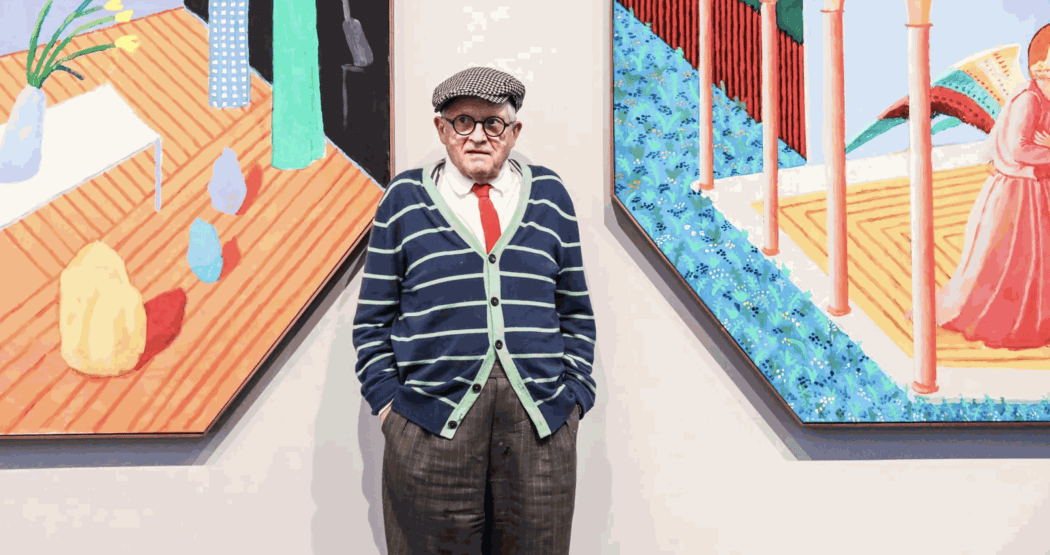
David Hockney has spent much of his career interrogating how we see, and how Western art history has taught us to look. At the centre of this investigation is his long standing fascination with *reverse perspective*a spatial system that turns conventional Renaissance illusionism on its head.
What Is Reverse Perspective?
Unlike traditional singlepoint perspective where all lines converge toward a vanishing point, usually guiding the eye back into the picture, reverse perspective causes lines to diverge outward. It's a spatial arrangement often found in medieval, Byzantine, and Chinese painting, where the viewer is not "outside" looking in, but rather invited into the visual space. "The problem with Renaissance perspective is that it makes you feel like an observer. But in life, you're a participant," Hockney explains. "Reverse perspective puts you inside the picture."
A Spatial Philosophy
For Hockney, reverse perspective is not just a stylistic choice - it's a philosophical and perceptual commitment. It aligns with how we move through the world, how our eyes shift, and how time flows. He's used it across mediums: from his photographic collages and "joiners" of the 1980s to his iPad drawings and stage sets.
In works like *A Bigger Card Players*, the table expands toward the viewer. In others such as *Sparer Chairs* or his theatre sets for *The Rake's Progress* space bends outward, distorting yet energising the scene.
Hockney was inspired by:
**Chinese scroll painting**, where time and movement are embedded in the flow of the scene.
**Cubism**, which allowed multiple viewpoints at once.
**Stage design**, which places the viewer in the visual centre.
These influences helped him break from linearity and embrace spatial complexity.
Why It Matters
Hockney's use of reverse perspective has helped redefine 20th and 21st century visual culture. It is central to his critique of photography's limitations and his effort to reclaim drawing as a dynamic, time-based medium.
"Photography freezes a single moment - but we never see like that. Drawing remembers movement," he has said. This approach invites us to think not only about what we see, but *how* we see. It's one of Hockney's most radical contributions to modern art.